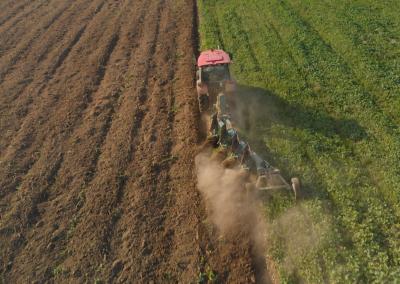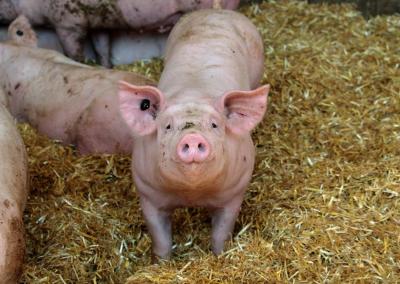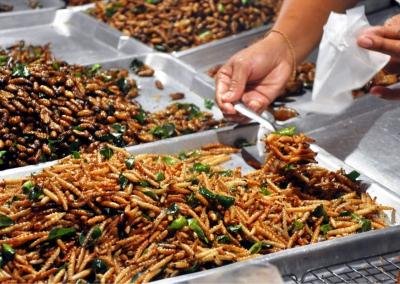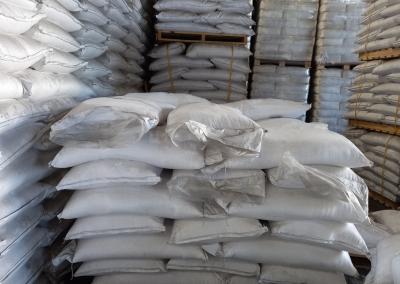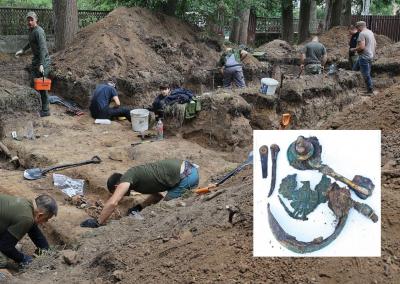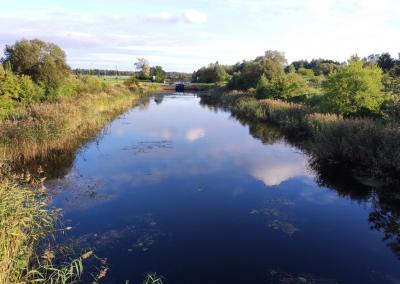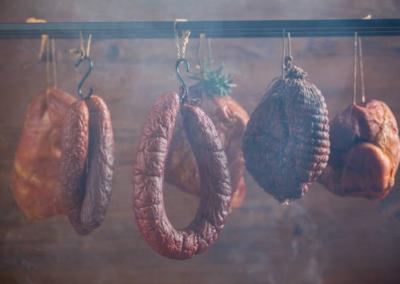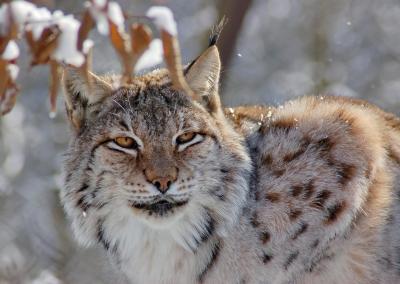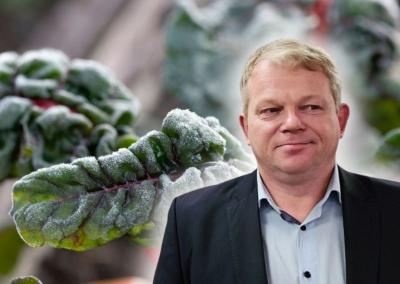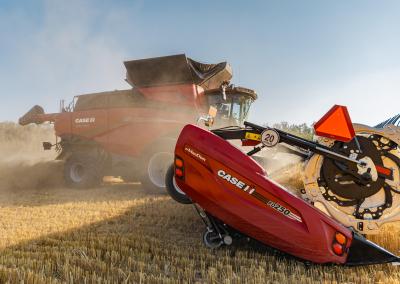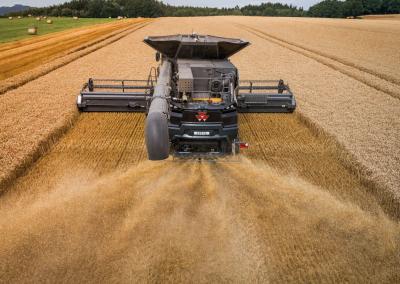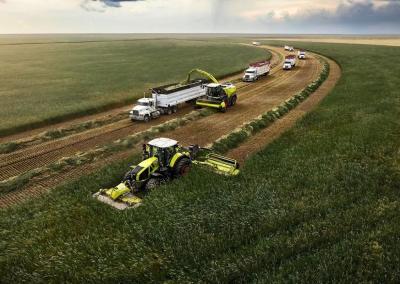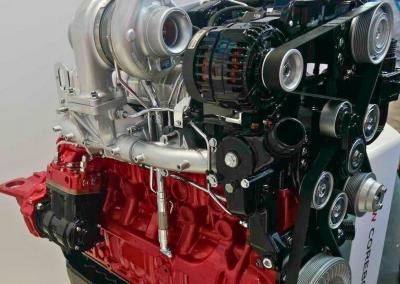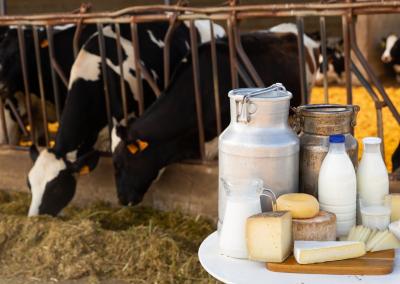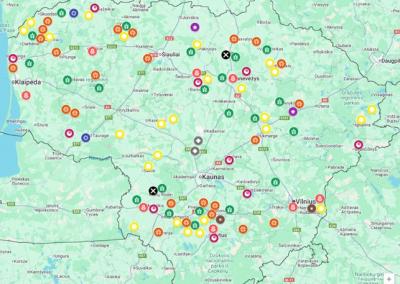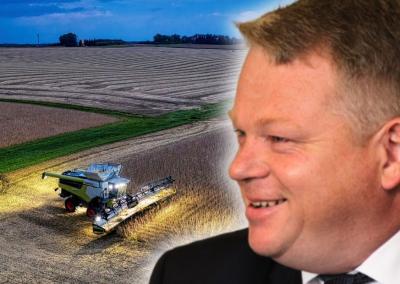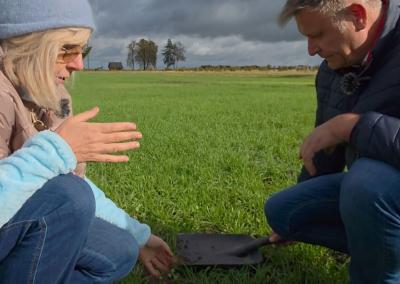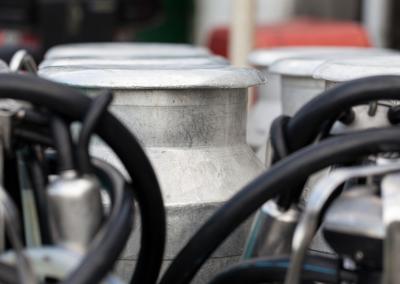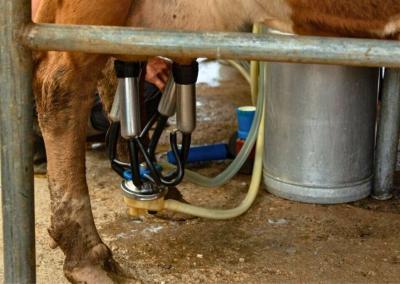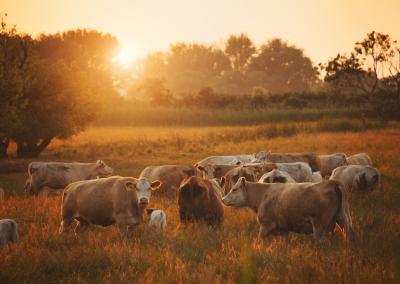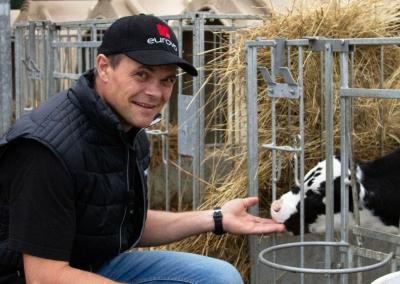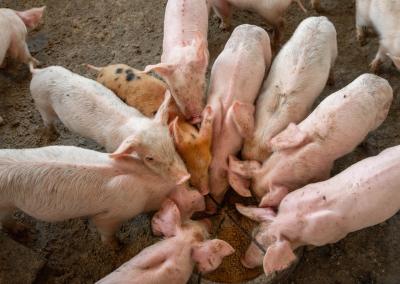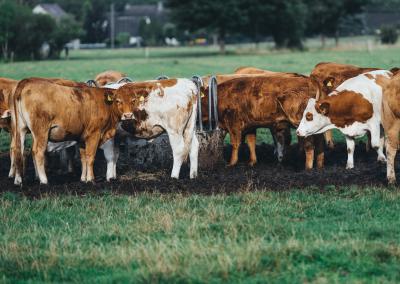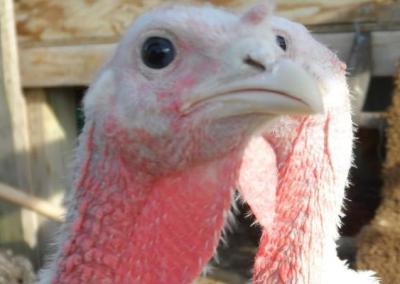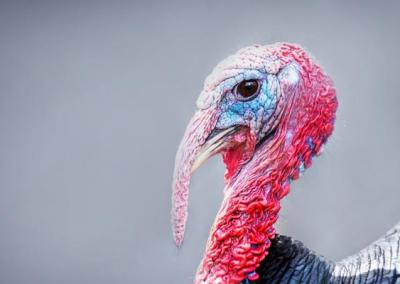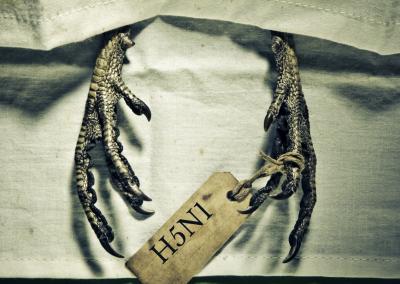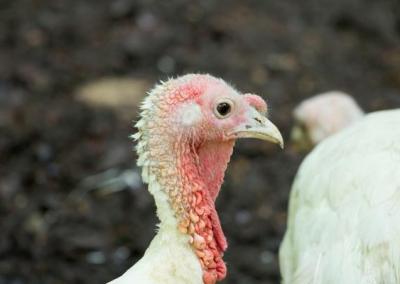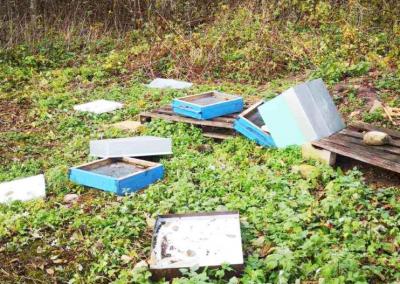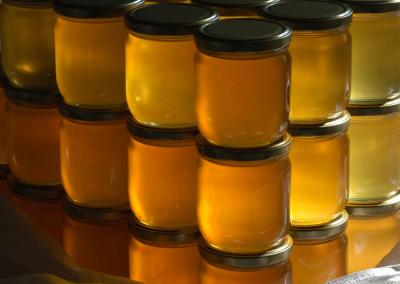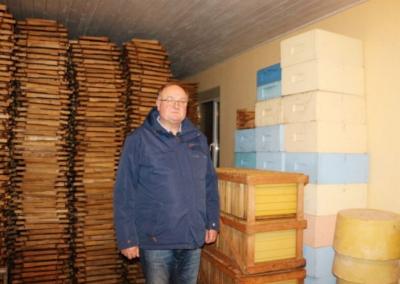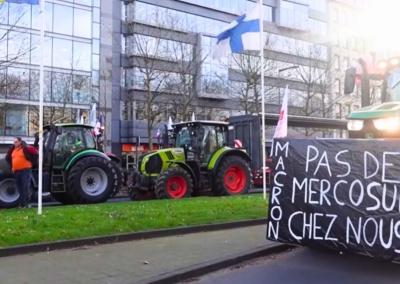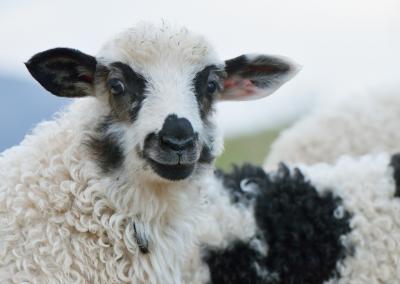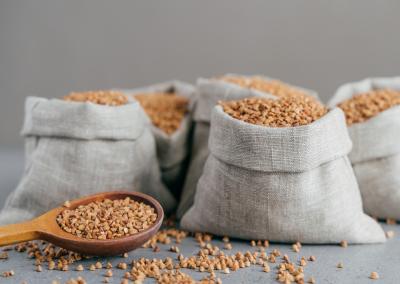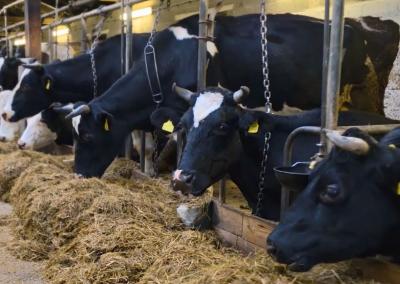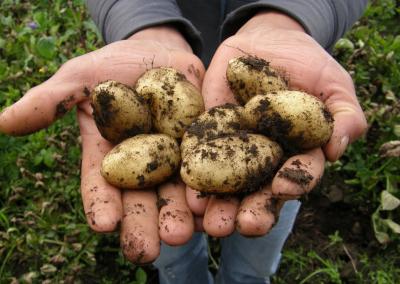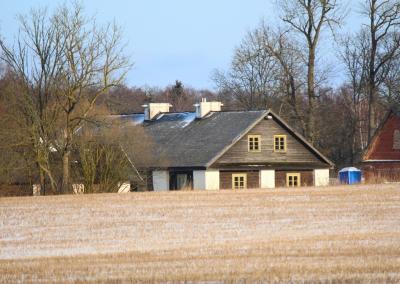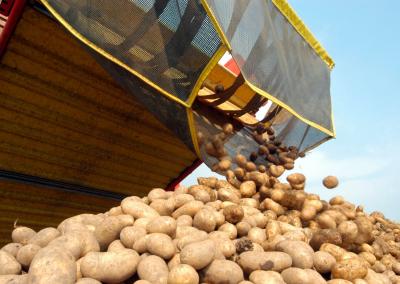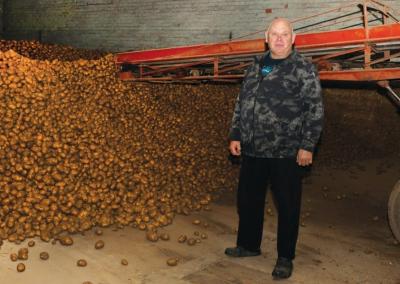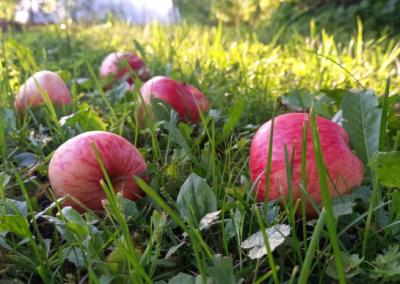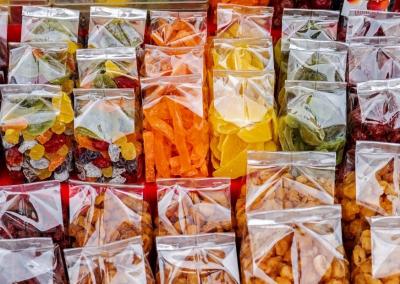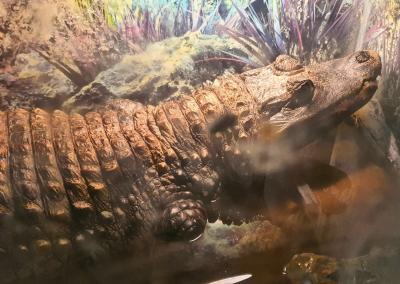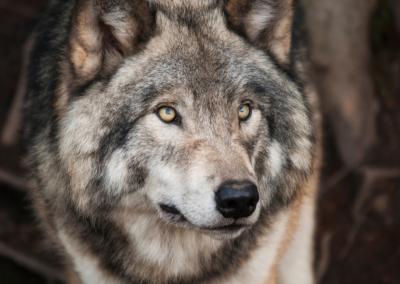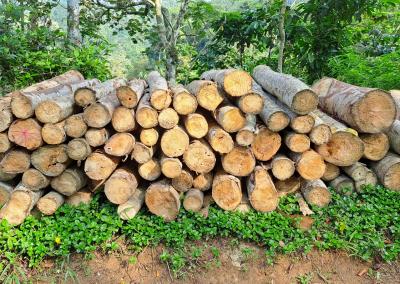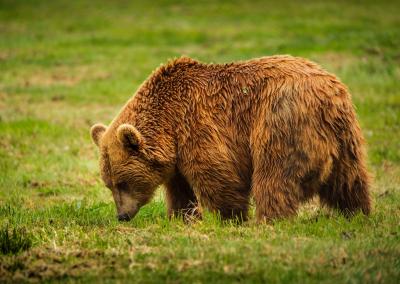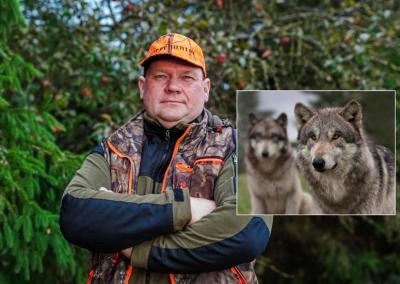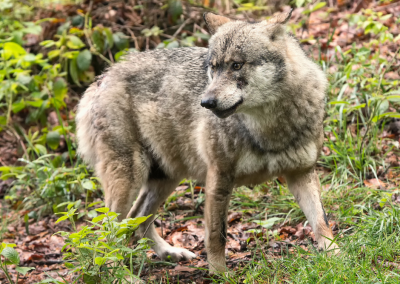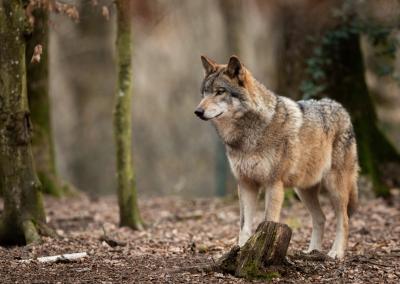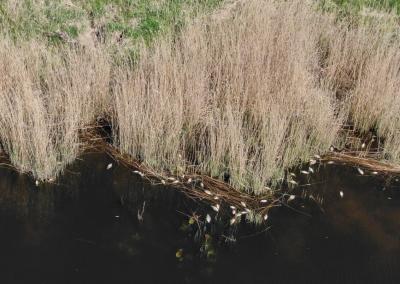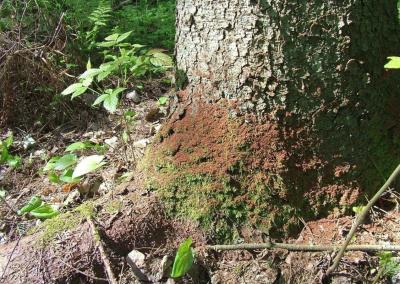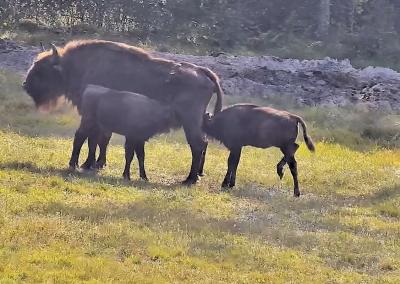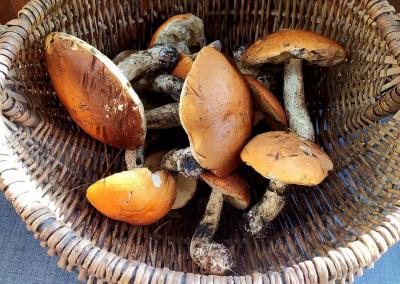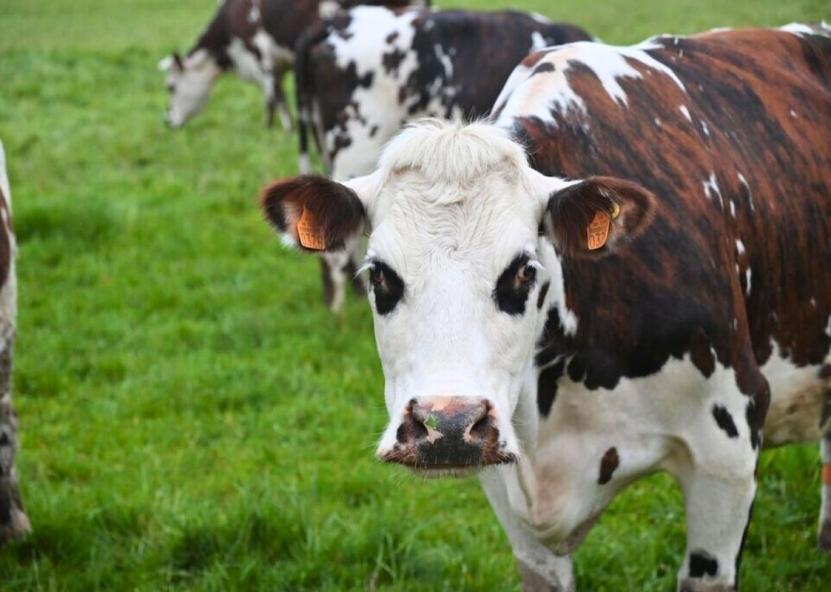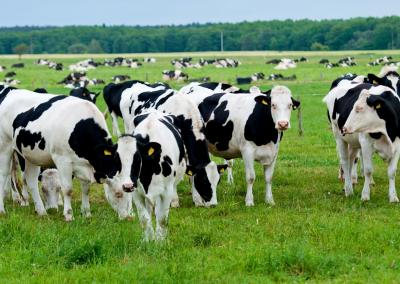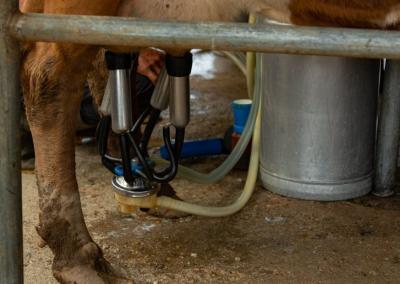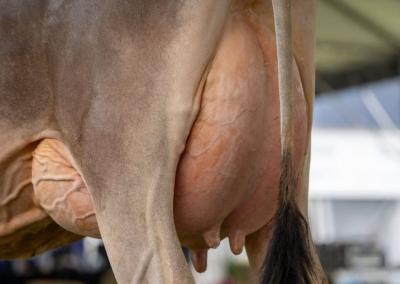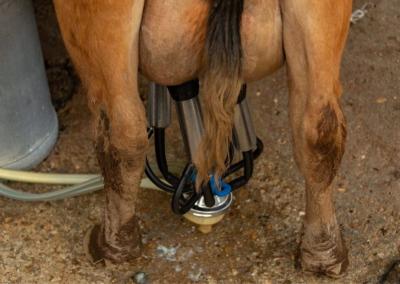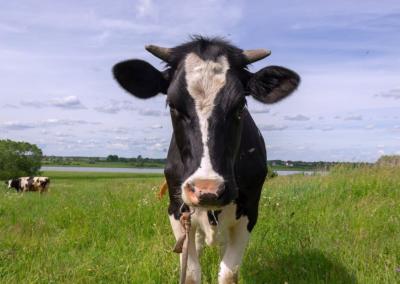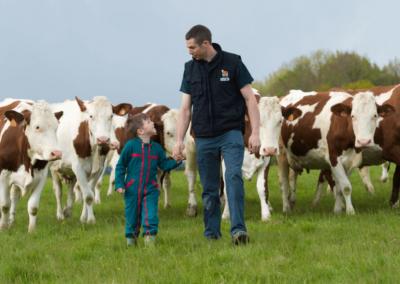How to select heifers and cows for breeding responsibly?
On-farm breeding is often understood as the selection of bulls. However, at least half of the genetic information is passed on to the offspring by the dam. So if we are looking at what kind of herd we want to see in five or ten years' time, it is worth looking first at which cows and heifers we are keeping for reproduction.
The aim of selection – is not to decide whether a cow will stay in the herd, but whether we want her daughter among the future dairy cows. A productive but frequently treated cow may be economically viable today, but her offspring may inherit the same problems. Selection for breeding is therefore not about today's milk, but about the future direction of the herd.
When should genomic evaluation be used?
Genomic evaluation provides an objective assessment of a heifer's genetic potential before it is productive. This is particularly relevant for farms that:
• use sexed semen and plan to have more heifers than will be left in the herd;
• aim to target specific traits (e.g. fertility, longevity);
• has a clearly defined breeding objective.
In this case, genomic indicators allow the elimination of less promising animals before the first insemination – more efficient use of resources and avoiding inconsistent herd formation.
When is genomic testing – not a necessary option?
Genomic evaluation is a useful tool, but it is not necessary or economically viable on all farms. If few heifers are born and almost all of them are retained in the herd, such tests are often of little practical use – there is no choice anyway. Similarly, if a farm does not have a clearly defined breeding objective, genomic data remains unused. In such cases, it is more valuable to concentrate on monitoring and selecting for key performance traits based on actual performance and pedigree.
Selection decisions without genomic evaluationEven if genomic testing is not used, selection on the maternal side can be based on other data. It is worth relying on:
• performance and health data – longevity, treatment history, somatic cell dynamics;
• calving history – whether assistance was needed, whether there were complications;
• exterior – in particular udder structure, leg position, hoof condition;
• pedigree information – results of the family line, characteristics of daughters already available.
In the case of heifers, the characteristics and pedigree of the dam tell a lot – this helps to decide whether it is worthwhile to include them in dairy reproduction, or whether it is better to use a beef bull and get a lactating cow.
Selection as a strategic filter
It is important that cow selection is not a matter of "hunches", but a fixed, structured part of the decision. This can be formalised by reviewing livestock data once a quarter, drawing up a selection list for heifers, determining which ones are milk bulls and which ones are beef bulls. Such a system helps to ensure that the direction of the herd is not random but consistent.
Conclusion
The selection of cows for breeding is not a decision on who to breed, but a decision on who to allow to pass on their characteristics to the future herd. This approach not only avoids an unsustainable genetic base, but also allows the growth of the farm to be based on realistic decisions that have proven themselves in practice. Because breeding is not just about inseminating animals, it is also about building the long-term architecture of the herd.
Dr. Donata Uchockienė, Dairy Farm Consultant, UAB „Gameta LT“

